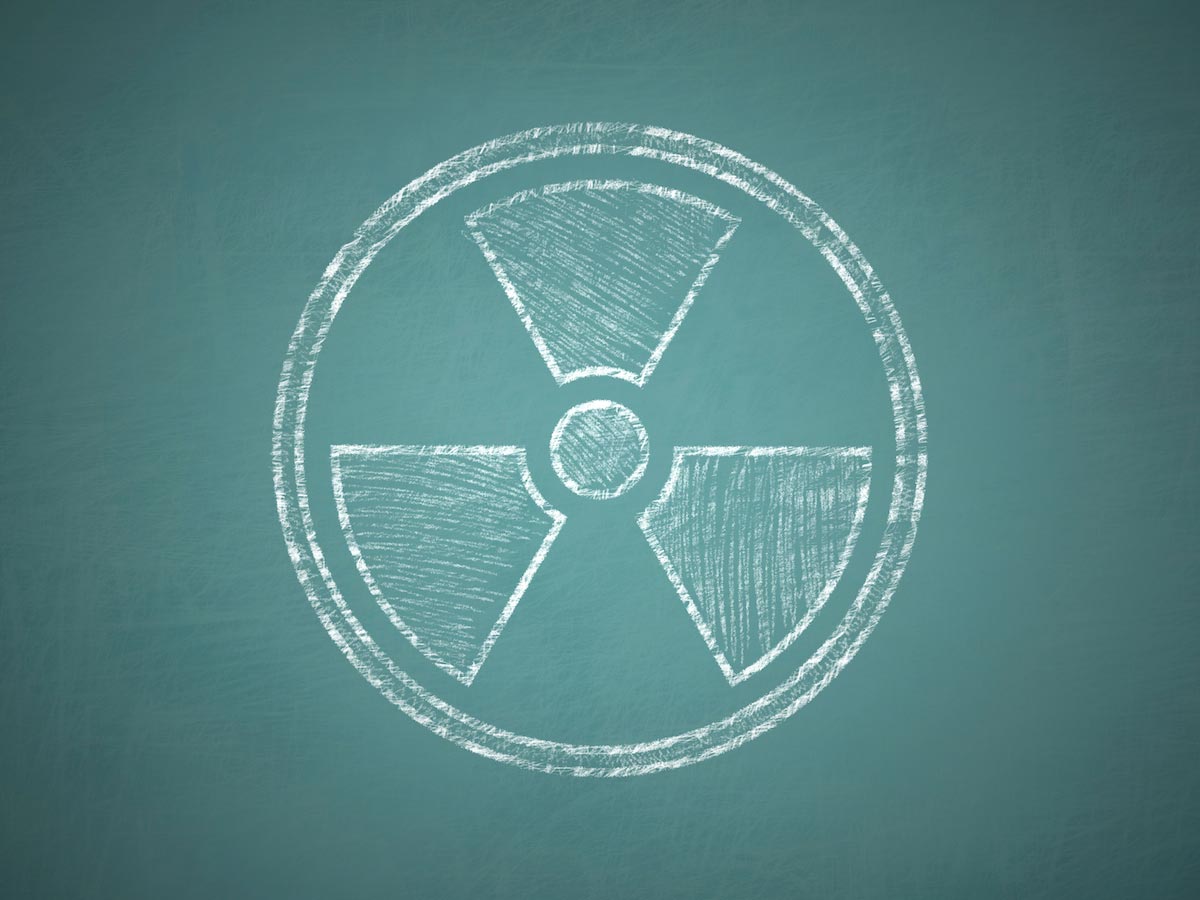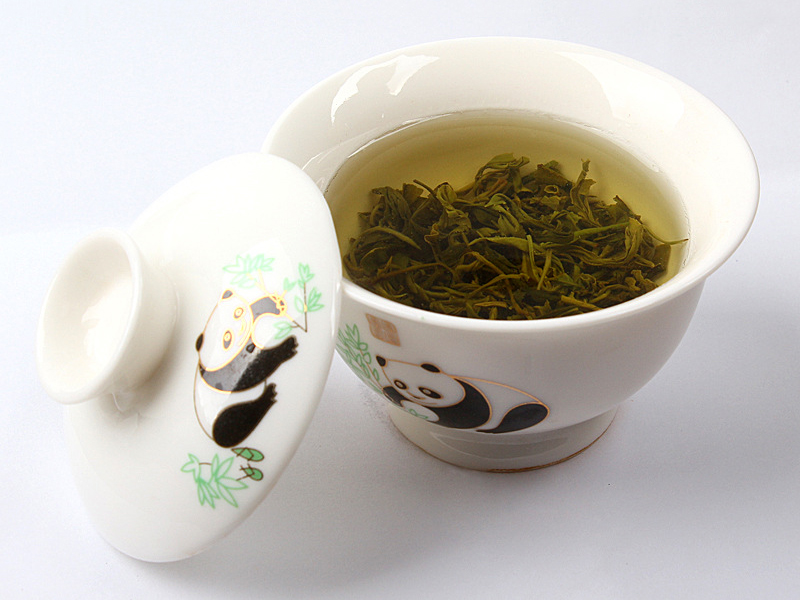
Graphene was first developed in a laboratory by University of Manchester researchers in 2004. The material was made up of carbon atoms in a hexagonal lattice. It was known to be as flexible as rubber but more conductive than copper. The material was also 200 times stronger than steel. Single-layer graphenes were proven difficult to mass produce through existing methods such as chemical vapour deposition, while current production schemes cost a fortune.
To solve this, the researchers used a chemical derivative called graphene oxide. According to the researchers, the chemical derivative can be produced by using a simple oxidation process in the lab. "As an ink or solution, we can compose it on a substrate or porous material. Then we can use it as a membrane. In terms of scalability and the cost of the material, graphene oxide has a potential advantage over single-layered graphene" lead researcher Dr. Rahul Nair said in a BBC report. In contrast, Dr. Nair single-layer graphenes will require drilling to make it permeable. However, making the drill holes larger than one nanometer will allow salt to pass through.
How the new graphene oxide membrane works
Data from previous tests showed that the graphene oxide sieve became slightly enlarged when immersed in water. This then allowed smaller salt particles to simply break in through the pores. However, current research has shown that attaching walls made of epoxy resin on each side of the sieve effectively stopped it from expanding. Stopping the membrane from swelling also helped researchers to adjust its properties. An example of this is letting less or more common salt to pass through.
According to researchers, common salts when dissolved always form a shell of water molecules around the salt molecules. This enables the membrane's tiny capillaries to inhibit the salt from flowing through. According to Dr. Nair, salts will have difficulty passing through as they always need water molecules. The size of water molecule shells formed by the salts were bigger than the channel size, that is why they cannot go through. In contrast, water molecules flow easily through the membrane's capillaries due to their almost similar size.
"When the capillary size is around one nanometre, which is very close to the size of the water molecule, those molecules form a nice interconnected arrangement like a train. That makes the movement of water faster: if you push harder on one side, the molecules all move on the other side because of the hydrogen bonds between them. You can only get that situation if the channel size is very small," Dr. Rahul Nair explained.
Dr. Nair said the study was the first to demonstrate that developing membranes with uniform pore size could be a significant step forward and may provide opportunities to further improve the efficiency of desalination processes. (Related: New desalination technology converts sea water into fresh water at lower cost.)
The findings were published in the journal Nature Nanotechnology.
However, outside expert Ram Devanathan from the Pacific Northwest National Laboratory in Richland said more work is needed to mass produce inexpensive graphene oxide membranes. "The selective separation of water molecules from ions by physical restriction of interlayer spacing opens the door to the synthesis of inexpensive membranes for desalination. The ultimate goal is to create a filtration device that will produce potable water from seawater or wastewater with minimal energy input," Dr. Devanathan said, the BBC.com reports.
For more information on the latest development in water treatments, you may visit Preparedness.news.
Sources include:
Nature.com [PDF]
Please contact us for more information.






















